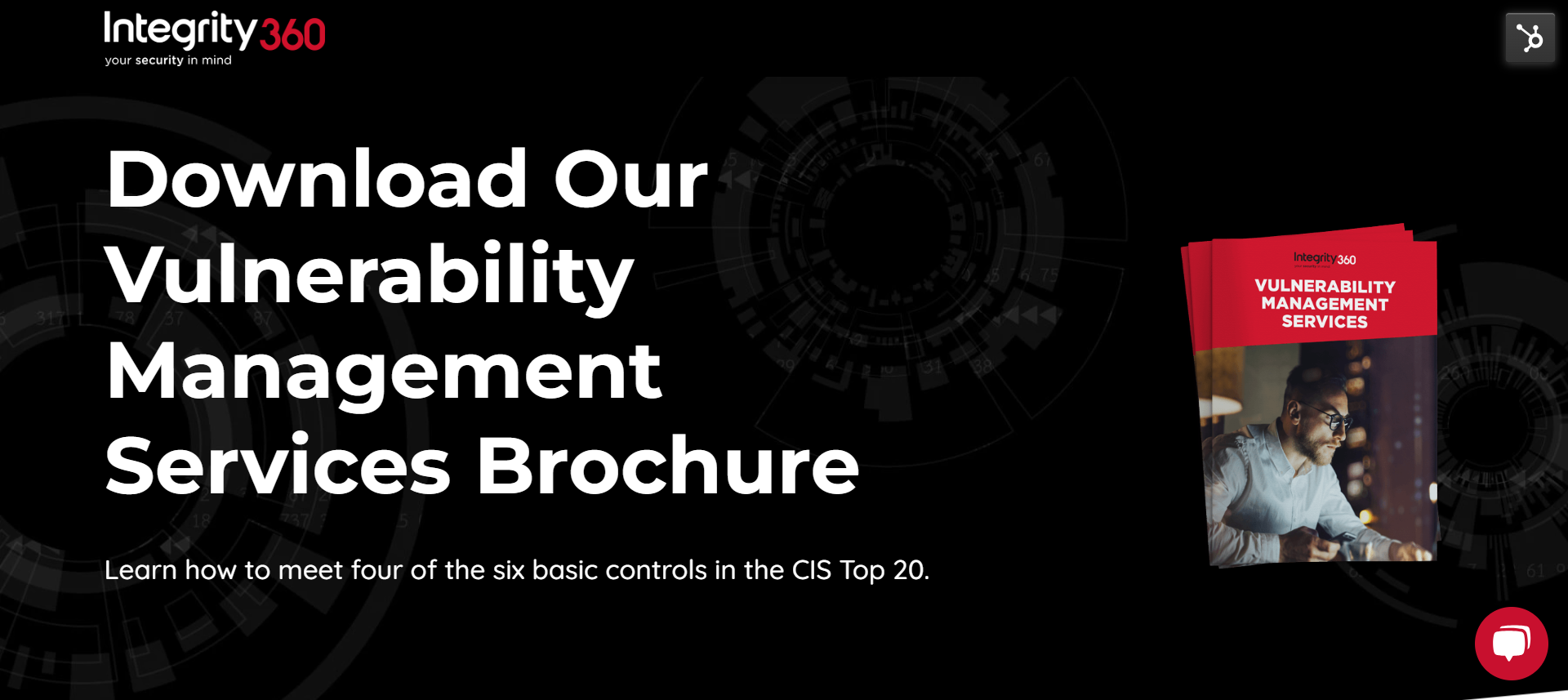Legacy software and hardware, though once the pillars of digital innovation, have become cyber security vulnerabilities today. These old systems, though still in use, become potential "digital time bombs," presenting growing cyber security risks that businesses and individuals must address. By recognising these risks and proactively addressing them, we can ensure that our digital past doesn't compromise our future.
Why Legacy Systems Pose a Risk
Lack of support
As technology progresses, support for older systems dwindles. Developers and manufacturers prioritise newer systems, gradually making patches and updates scarce for legacy ones. This absence of continual updates means vulnerabilities in older software and hardware remain unaddressed, making them prime targets for cyberattacks. Legacy systems are a preferred route for a hacker to attack and get to cloud-based systems and data. Breaking into a legacy system is an easier way to access systems and data within public clouds.
Incompatibility
Modern cyber security tools often struggle to integrate with older systems. Legacy systems might lack the necessary functionalities to accommodate advanced security measures, leaving gaps in the defence framework.
Notable Incidents Involving Legacy Systems
The WannaCry ransomware attack in 2017 offers a poignant example. Exploiting a vulnerability in older versions of Microsoft Windows, the ransomware affected over 200,000 computers across 150 countries. Many of these systems were legacy computers still running outdated versions of Windows, which were particularly susceptible to the attack.
Why Are Legacy Systems Still in Use?
Given the risks, you might wonder why legacy systems are still used by so many organisations. The reasons why include:
Cost
Replacing old systems involves not just the financial aspect of new hardware or software, but also the costs related to training, integration, and potential downtime.
Compatibility
Some bespoke applications might run only on certain legacy platforms, making an upgrade challenging without disrupting critical business operations.
Apathy
"If it's not broken, don't fix it." This mindset leads to complacency, with many companies postponing system overhauls until absolutely necessary.
The Future of Legacy Systems
Despite the risks, legacy systems aren't going anywhere soon. Some industries, especially those with entrenched infrastructures like utilities, transportation, and healthcare, can't easily overhaul their systems without massive disruptions. For them, the balance between maintaining legacy systems and transitioning to newer technology is a delicate dance.
How to Mitigate Risks from Legacy Systems
Regular Audits: Regularly review and inventory your software and hardware assets. Identifying which systems are obsolete or nearing end-of-life will give you a clearer picture of potential vulnerabilities.
Segmentation: Isolate legacy systems from your main network. This ensures that even if a cyberattack targets an old system, it doesn't compromise your entire infrastructure.
Layered Defence: Implement multi-layered security measures. This includes firewalls, intrusion detection and prevention systems, and robust antivirus software. Remember, newer security tools might not work with legacy systems, so find solutions tailored to older platforms.
Integrity360’s Threat and Vulnerability Management Service
Offering visibility into your software, hardware, and entire digital infrastructure, Integrity360 ensures that businesses can pinpoint their potential vulnerabilities with precision.
Armed with this knowledge, companies can discern exactly what is a legacy system that is a risk, what requires patching and strategise on protective measures during the patching process. This proactive approach not only keeps infrastructures secure but also aids organisations in maintaining compliance, particularly crucial in sectors bound by stringent regulations.
In short, Integrity360’s Threat and Vulnerability Management service along with our other offerings eliminates weak spots that can serve as inviting gateways for cybercriminals and closes those easy to access systems that can allow a hacker to infiltrate networks, exfiltrate valuable data, and potentially cripple business operations.
With Integrity360 businesses benefit from:
- A real-time overview of their vulnerabilities, ensuring swift response times.
- Drastically reduced exposure to potential threats.
- Minimised risks from exploitation attempts by malicious actors.
- Consistent compliance maintenance, irrespective of the industry domain.
- Expedited patching processes.
- Enhanced oversight and monitoring of the entire network.
With proactive measures such as cyber security risk assessments and the expert services of Integrity360, organisations can navigate the digital landscape with confidence. If you’d like to learn more get in touch with our experts.







